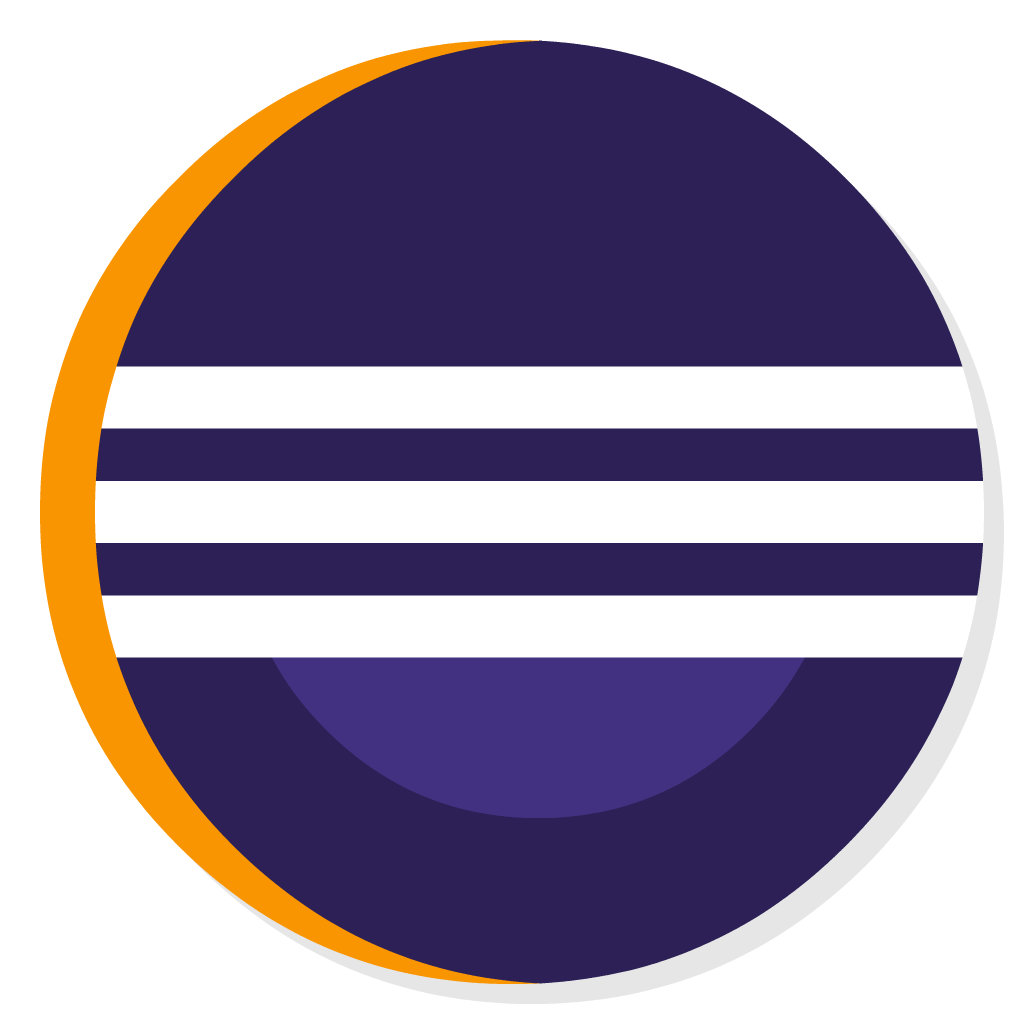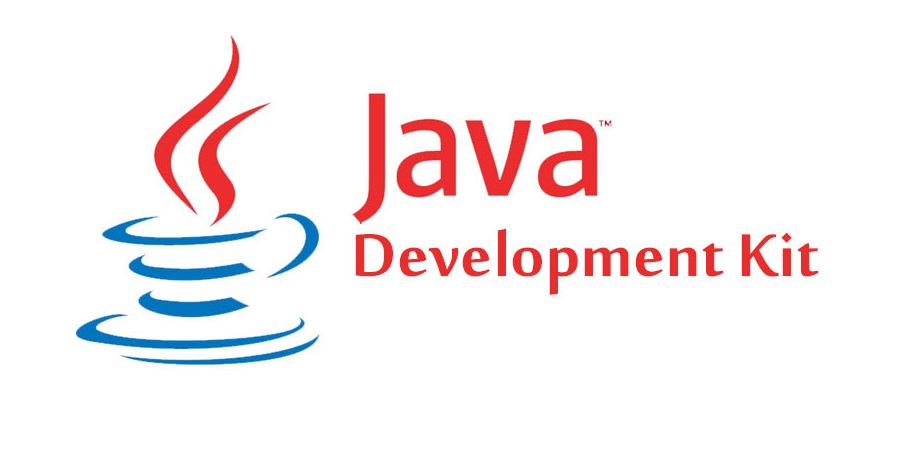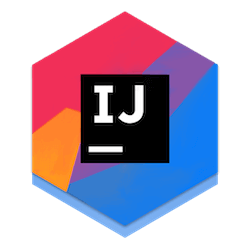
13 Best Java Tools 2020
November 8th, 2017
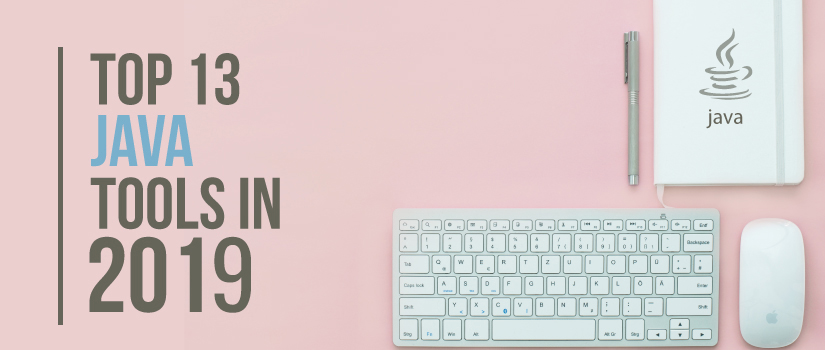
Choosing the right software development tool is like choosing your favorite candy from a candy store. They all have their unique taste and touch, but you still love them all equally.
Java is an object-oriented programming language, which is specially designed for mobile and set-top box devices. In this blog, we have focused on the 13 best Java tools that are readily expected to be used in the upcoming year and how well it would satisfy user needs.
2018 has seen many ups and downs in the development scenario since many of the developers constantly tried to learn and upgrade themselves to a new version of the tool.
Recent advancements show that modularity and light-weighted Java tools will increase popularity among development processes and expertise to demonstrate new concepts.
The below given lists showcases the top 13 Java tools for 2019:
Java Development Tools
Inspite of the many numbers of tools landing in the market today, Eclipse remains one of the preferred tools for almost 60% of the Java developers. Eclipse is a one-stop-shop of all IDE’s that features plug-ins and interfaces which can be customized at any time. It also serves a huge community and followers and is popular among large enterprise developers.
The current version of Eclipse IDE is 4.5 which supports Java Version 8. A few benefits of using the tools include:
- Easy Navigation properties
- Ease of error debugging
- Easy package and plug-in downloads
- Auto-completion feature
- Supports multiple programming languages other than Java
- Quick updates to the tool available
- Syntax check while writing the code
2. NetBeans IDE
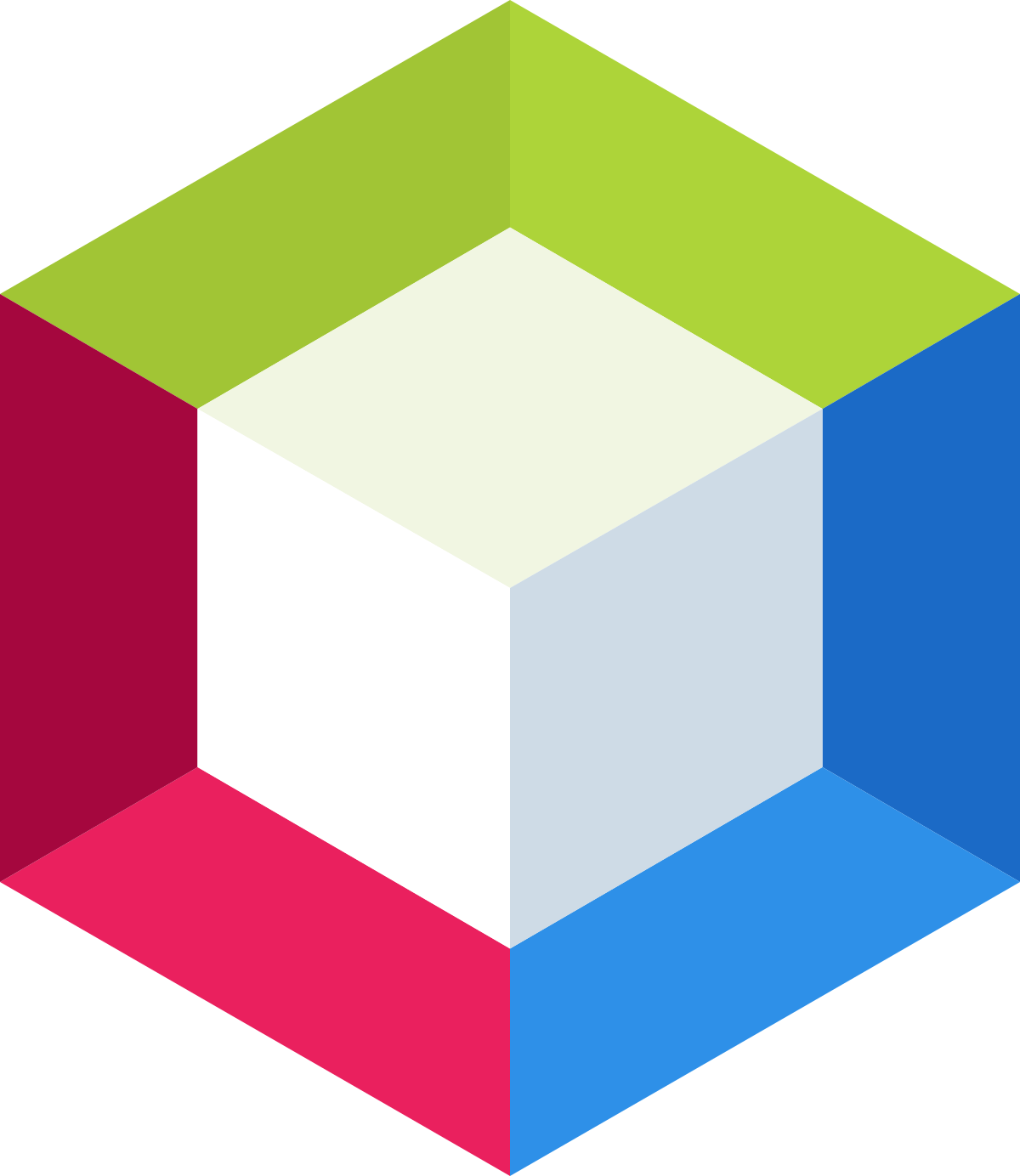
The NetBeans is an open-source IDE that supports almost all of the Java development types like Java SE, Java ME, and Java EE. The NetBeans IDE is provided by modules where each module defines a function that supports Java language. You just have to download & install the tool and you are ready to go.
It is known for its reusable framework property which simplifies the development of Java desktop applications. The latest version being the 8.2, it doesn’t run on the JDK9 Platform.
Benefits of using NetBeans are:
- Dynamic Language Support
- Supports Java Standards and Platforms
- Power-packed GUI Builder
- Support for Non-Java code
- Platform Extensible
- Ideal for first-timers
The Java Development Kit offers a whole lot of features to developers to bring out the best in their programs. Since the inception of the Java platform, JDK remains one of the most used tools that includes a private Java virtual machine (JVM) and some other meaningful resources.
JDK is well known for its high performance, functionality, and memory allocation techniques. Both low-level and high-level functionality can be incorporated into the tool with the Java security API.
Benefits
- Low cost of use
- Easy for novice users
- Easy transition from C to other languages.
- User-friendly
- Appeals internationally
As the name suggests, this tool was announced by Oracle and provides a complete and comprehensive development framework. The Oracle application development aims to provide a declarative and visual approach to build an enhanced development experience.
Prior to the recent version of 11g, JDeveloper was available for 3 java editions viz. Java edition, studio edition, and the J2EE edition. It also consists of high-level features like Ant support, Open API, Audit & metrics, etc. Which may not be available on the other development tools for Java.
Benefits:
- Incorporate security services
- Re-usability of code features
- Visual development environment
- More than 150+ Ajax-enabled components available
- Support to Java Persistence API
Java Testing Tools
5. JRat
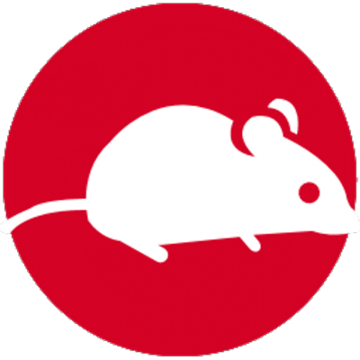
The fourth tool Java Runtime Analysis Tool, widely known as Jett, is used as a testing tool for Java applications. It is an open-source platform that helps in determining the application’s execution and performance measurements. It identifies potential risks and analyses data using its pre-built desktop application.
Benefits
- Is an open-source profiling tool
- Supports a wide developer community
- Improves framework support
- Allows high-level profiling functionality
- State of art heap analysis tool
- Can perform runtime analysis for a remote machine
IntelliJ IDEA will always act as a good friend for your application development. When you are busy writing the code, IntelliJ Idea will be busy creating the class references, flow execution, decision tree, fields, methods and much more. Using this functionality you can quickly navigate through your code and have an error analysis done in no time.
Any of the recent IDE’s will provide you more or less similar functionality, but IntelliJ is the only one that will present you with a deep static code analysis allowing you to focus more on your creativity.
Benefits:
- Smart completion of your code
- Data flow analysis
- Re-factoring
- Duplicate detection
7. Apache ANT
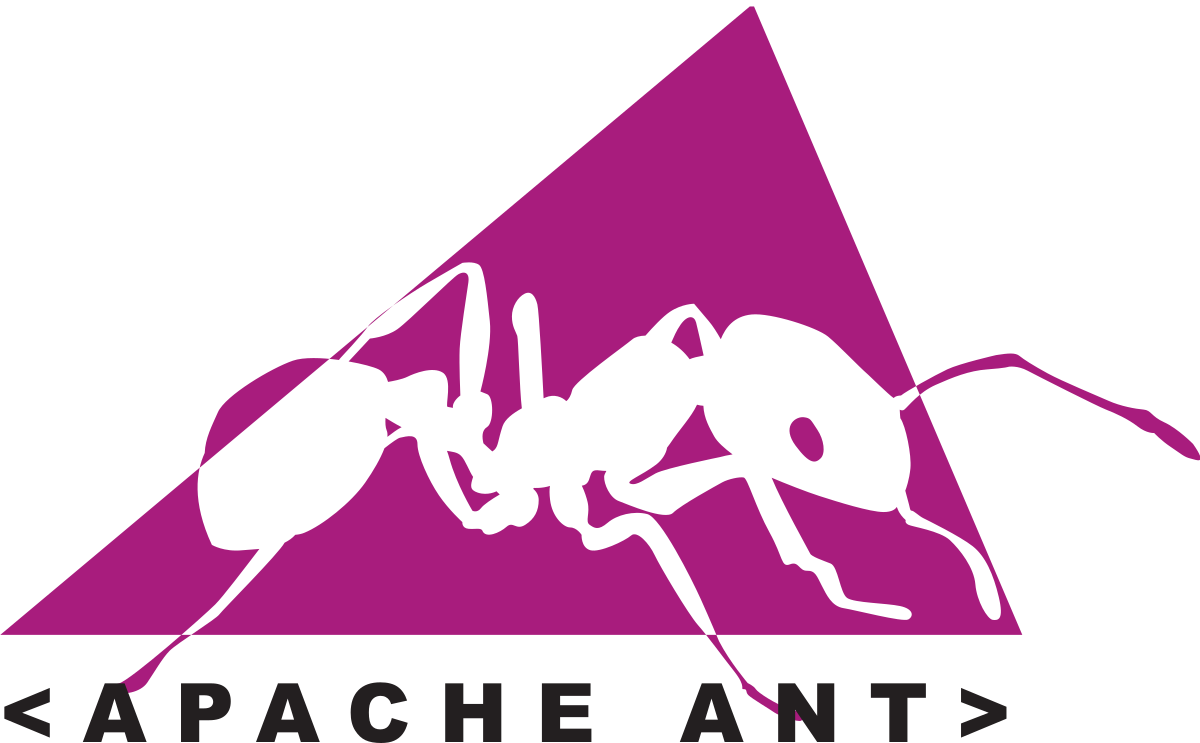
Apache ant is a popular and traditional built tool since its launch. Apache ANT is an open-source tool for Java developers provided by Apache Software Foundation. The tool is known to automate your process of software building which is achieved in easy steps.
Read also: Top 11 WordPress Plugins For Developers and Testers
The tool includes Ant libraries that have defined tasks to compile and execute the program. The benefit of these libraries is that it does not require to write another set of code for building the application. The whole process takes place and is defined by the targets which are XML files.
Benefits
- Since Ant is built using plain XML, if you already know XML, it’s very simple to learn Ant.
- Includes a large list of predefined tasks
- Interface for creating your own task list
- Clean and easy to understand dependency reports
- Supports conflict management
8. Gradle

Gradle is the next generation view for JVM based tools. It takes its lessons from the famous Apache Maven and Ant and provides the better of the two. Gradle includes a declaratively modeling of your difficulty domain making use of strong and expressive domain-specific language (DSL), which is implemented in Groovy and not XML, unlike Apache Ant. Because Gradle is a JVM native, it allows you to write custom logic in the language you’re most comfortable with, be it Java or Groovy.
Benefits
- Can create multiple APKs for your app
- Re-usability of code and build process
- Integration customized to the android studio.
- Integrated SCM
- Jenkins integration environment
- A good number of plug-ins available
9. Mockito

Are you dealing with advanced framework integration? Then Mockito is a tool you should search for. Mockito offers you a mocking framework that is used by people looking out for unit testing their java application. Just as the name, it follows building a fake mock-up for testing purposes.
Mockito allows you to define classes as well as in interfaces that support test espionage and not just mock-ups. It also offers a good void method handling so you need not write separate code for the same. The only drawback being its maintenance issue.
Benefits
- Efficient dependency handling
- Can create tests in advance
- Can create mock-ups for non-accessible resources.
- Client involvement possible
- Isolation of system made easy
10. YourKit

Known to be a Java profiling tool, YourKit offers the most powerful and innovative performance analysis capability. Your Kit solves some of the major reasons giving rise to performance and scalability problems. This functionality thus saves a lot of time developers put in.
Along with the above benefits, it also offers management of CPU and memory profiling. The tool is an all-stop shop for all the advanced Java profiling capabilities and features.
- Advance YourKit features at disposal
- Boosts productivity and saves a lot of time
- High-level result-oriented
- Easy and straight process for installation
- Developer friendly.
11. Clover

Clover is a code coverage tool that identifies bugs that were not tested and can prove fatal for the systems working. It provides test automation functionality for smooth integration. The recent version being the 4.1.
Read also: What is Code Coverage? Difference between Code Coverage and Test Coverage
Many organizations use clover for desktop and server applications. It balances the effort between a code that runs the program and code that tests it. You can test a part of the program that changed instead of testing the entire application all over again.
Benefits
- Includes code coverage tests in the reports
- Can integrate with any existing system
- Quality assurance and cloud sourcing
- Compare actual and expected results
12. FindBugs

Findbugs is a static analysis tool that identifies potential software bugs of the Java bytecode. These benefits the users to identify any bugs well before in advance. The tool is like a plug-in and has to be used in the development tools like Eclipse and IntelliJ.
You can check for bugs without actually running the application. It doesn’t focus on style or formatting of your code but searches for actual bugs that might hamper the performance.
Benefits:
- Generates meaningful results
- Eliminates false positives
- Application-specific detector packages
- Pluggable architecture
- Setting can be shared among the network
13. Cobertura
![]()
Cobertura is a free Java tool that calculates the percentage of code the test has accessed. It is a plug-in that can be installed from Jenkins. It enables you to visualize and measure Java code by putting it in a detailed tree view.
Benefits
- Configure built tools
- Execute code from Jenkins
- Hierarchy of projects
- Generates HTML based reports
- Customizable threshold
Conclusion
The Java environment is vast and keeps on changing with new tools and techniques every year. Though every tool discussed here have their own advantages and drawbacks, it all depends on a user’s need whether to use or not.
All the upcoming improvements in Java forces developers to adopt this tool for a wider array of digital transformations, and looking towards the future, Java is certainly one of best tool to make amazing apps in the coming years.


 Software Testing Events
Software Testing Events App Testing
App Testing Web App Testing
Web App Testing Game Testing
Game Testing Automation Testing
Automation Testing Load Testing
Load Testing Security Testing
Security Testing Performance Testing
Performance Testing Hire a Tester
Hire a Tester